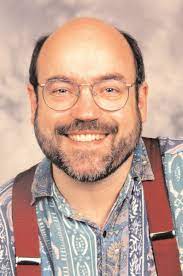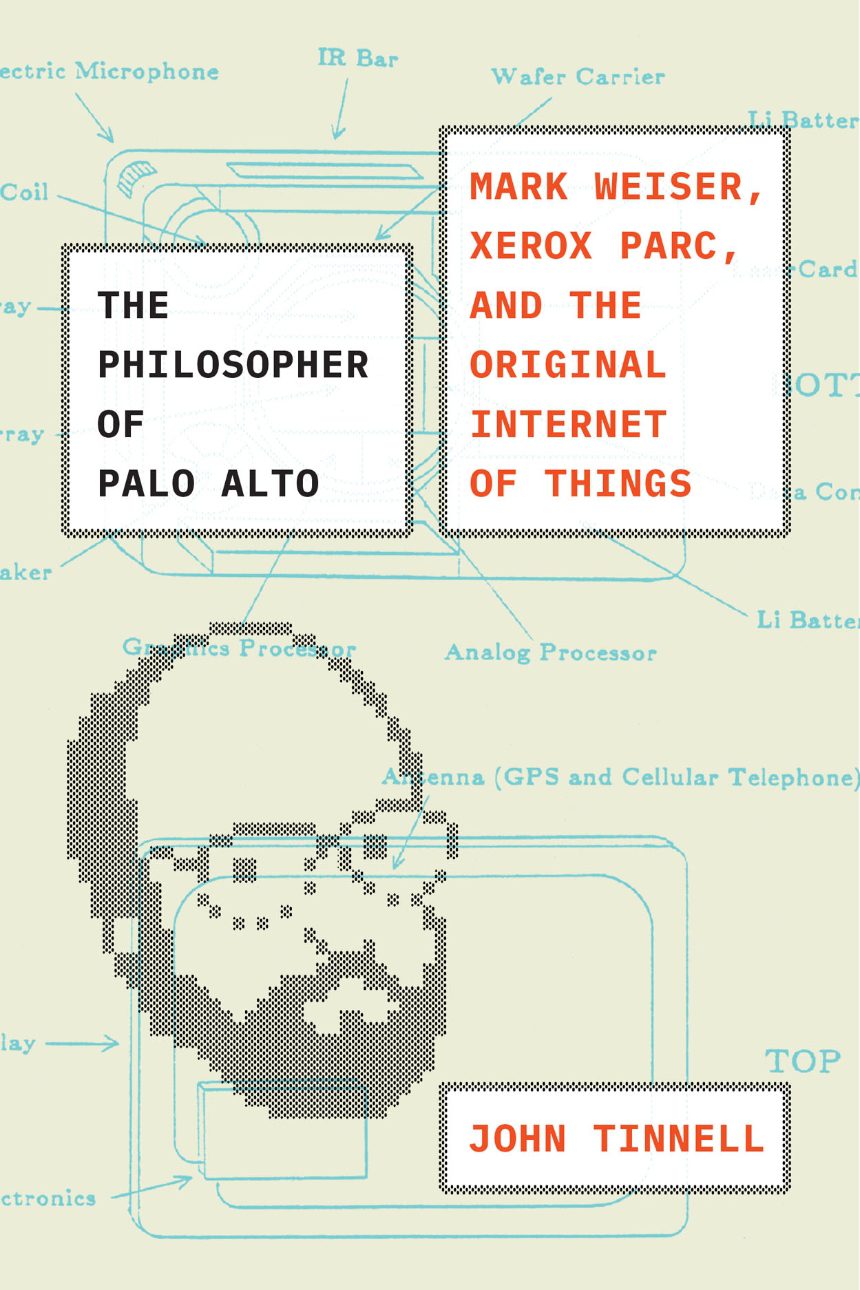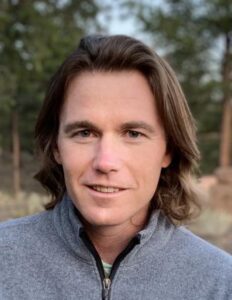Mark Weiser and the Origins of the Internet of Things
From smart appliances to industrial automation, IoT technologies enable seamless connectivity. A new biography explores the life and mind of the technologist behind the theory of ubiquitous computing — or as we know it today, the Internet of Things.

Mark Weiser
The Internet of Things is all around us, invisibly connecting and automating billions of devices. From home appliances and communication devices to smart factories and energy infrastructure, IoT technologies link human activity across nearly every realm. Thirty years ago, however, the IoT was only a theory called “ubiquitous computing.”
In his groundbreaking 1991 Scientific American article “The Computer for the 21st Century,” Mark Weiser, shared his vision of a technology that would “make computing an integral, invisible part of the way people live their lives….a new way of thinking about computers in the world, one that takes into account the natural human environment and allows the computers themselves to vanish into the background.”
Weiser, then chief technology officer at Xerox’s Palo Alto Research Center (PARC), imagined a world populated by “tabs… the smallest components of embodied virtuality” that could be connected wirelessly to seamlessly automate helpful actions. Today, with the IoT and Industrial IoT, Weiser’s theory has become a reality — for better and for worse.
“It’s a mixed bag. His lab came up with the idea of tabs, pads, and boards — three kinds of mobile computing devices that would help us be more connected on the go, with others, and with our environment,” said John Tinnell, author of the new biography, “The Philosopher of Palo Alto: Mark Weiser, Xerox PARC, and the Original Internet of Things.” “It’s ironic; the PARC tab or pad would become what we have today, but for Weiser and his colleagues, there was a big emphasis on these devices being connector points in our surroundings and not just screens we stare at.”
“Most important, ubiquitous computers will help overcome the problem of information overload. There is more information available at our fingertips during a walk in the woods than in any computer system, yet people find a walk among trees relaxing and computers frustrating. Machines that fit the human environment, instead of forcing humans to enter theirs, will make using a computer as refreshing as taking a walk in the woods.” —Weiser, in “The Computer for the 21st Century.”
Our dependency on screens concerned Weiser long before the arrival of smartphones. In his book, Tinnell explores the life and legacy of a computer scientist who had grave misgivings about the role of technology in our lives. Weiser began college as a philosophy major before becoming a programmer, then a computer science professor, then PARC visionary, and Tinnell observes how Plato, Heidegger, Descartes, and other philosophers continuously informed Weiser’s desire to use technology to elevate the human condition. He did not live to see ubiquitous computing realized in the form of the IoT; Weiser died of cancer in 1999.
Tinnell says that Weiser would have been pleased with uses such as GPS but perhaps less pleased with, for example, the use of Pokémon Go on a walk in the woods. “He wanted technology in our environment to be integrated without the constant back and forth between screens and life around us,” he said. Weiser was also not a big fan of AI. “He would find it concerning. He had arguments throughout the ’90s — he was concerned that having a chatbot in your hand would cause you to defer to the device. It would cause a fundamental shift in how we make decisions and how we react to our world; we’d defer to the AI instead of being in the driver’s seat of our lives.”
Tinnell, a technology scholar and professor at the University of Colorado, said, ‘The first real computer scientist material I thought was super interesting was Mark Weiser’s work and his theory of ubiquitous computing. I was very interested in the shift in his work that began in the early ’90s, imagining a different future for computers — not that a laptop or a desktop was how we would use computing from here to eternity, but really advancing the idea that we could bring the internet, software, and hardware into everyday things and integrate it into all kinds of environments and into the fabric of our lives.”
Tinnell interviewed Weiser’s colleagues and family and immersed himself in his collection in Stanford’s Silicon Valley archives. “[There are] 200 boxes with thousands of pages of material dating back to childhood, including papers, lab notebooks, writings from his time as a professor and at PARC as chief technologist. Ideas about tech, meeting minutes, notes to himself in the margins. Basically, I became hooked and knew I wanted to spend years getting to know him,” said Tinnell, who shares a wealth of fascinating trivia about early Silicon Valley culture and personalities in his book.
At a time when we are urgently discussing ethical and philosophic issues in computing, Tinnell’s book is a thoughtful look into the history of computing and the first biography of one of its key figures. He creates a rich sense of Weiser’s life in the computing scene, as well as a portrait of a scientist that wrestled deeply with the weight on his impact on the way we live with technology even in the early years of connected technologies.
“He had this intense desire, intense struggle, with wanting to feel more fully connected to people, to the world, to the present moment. His ideas about ubiquitous computing were developed in conversation with this inner yearning, with his life events, and with things he was reading,” said Tinnell. “His was a different way of thinking about computers.”
Like this article? Check out our other Automation and Cloud Computing articles, our Special Topics Page, and our 2023 Article Archives.
Subscribe to our weekly e-newsletters, follow us on LinkedIn, Twitter, and Facebook, and check out our eBook archives for more applicable, expert-informed connectivity content.
- Where in the World is Amphenol LTW’s Luc Kan? - April 23, 2024
- TE Connectivity’s Sustainability Efforts Pay Off - April 23, 2024
- What is a VGA Connector? - April 23, 2024







